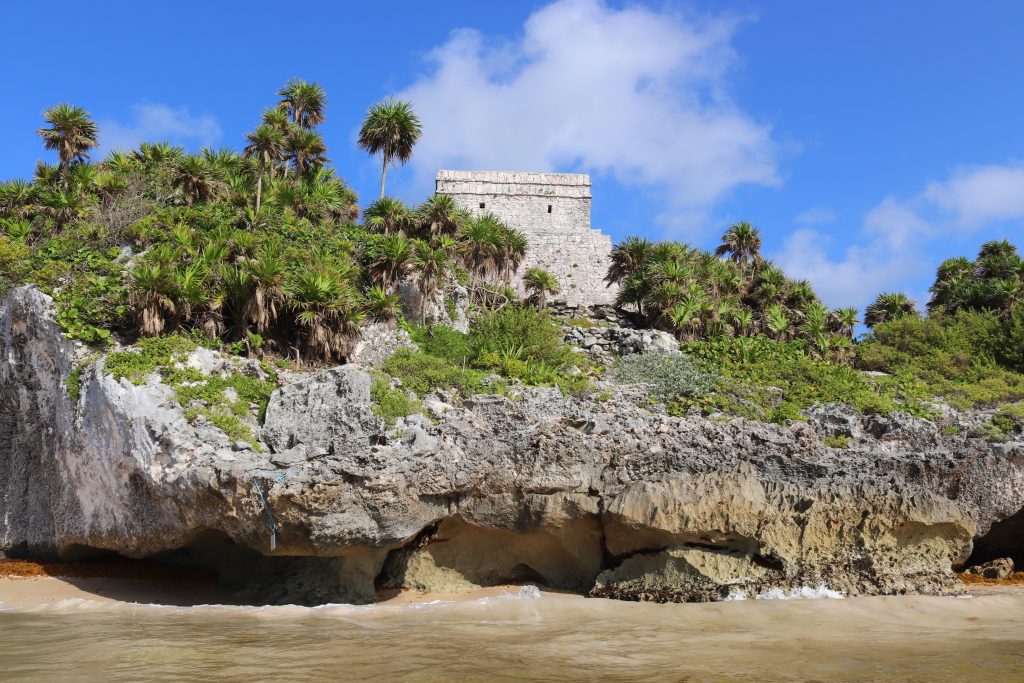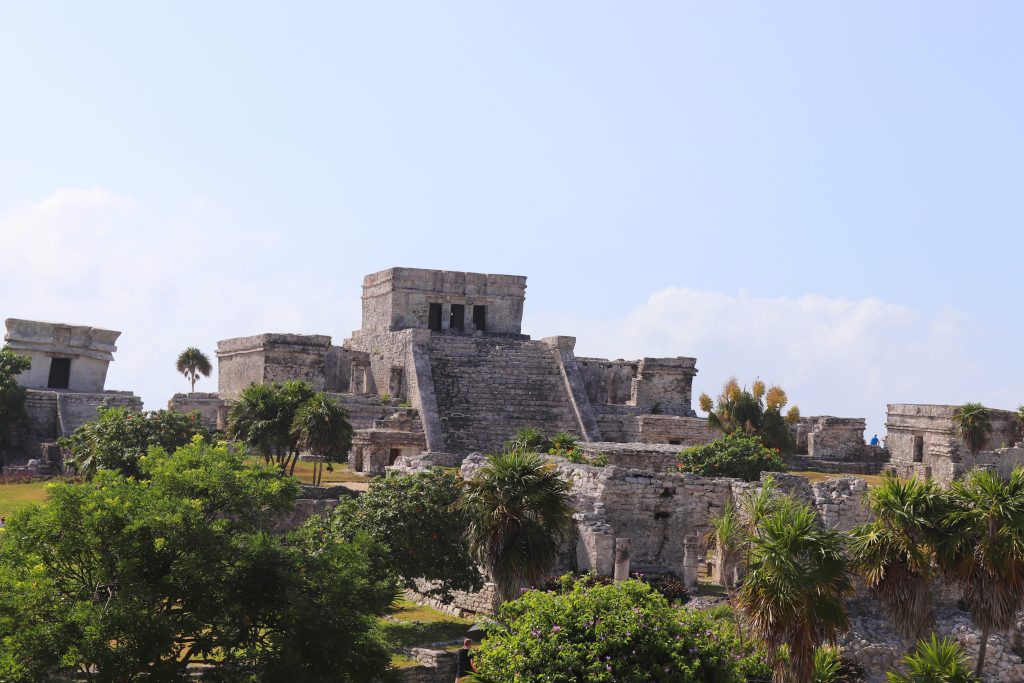Mexico’s history has rich and complex that spans thousands of years, with civilizations that predate the arrival of Europeans. Here is a brief overview of Mexico history:
Pre-Columbian Period: Mexico’s earliest known civilizations emerged around 2,500 BCE. The Olmec, known for their colossal stone heads, were the first major civilization in Mesoamerica. They were followed by other influential cultures such as the Maya, who built impressive cities and developed advanced systems of writing and astronomy. The city of Teotihuacan, home to the iconic Pyramid of the Sun, flourished from the 1st to the 7th century CE.

Spanish Conquest and Colonial Period: in Mexico history, In 1519, Spanish conquistador Hernán Cortés arrived in Mexico and began the conquest of the Aztec Empire, led by Emperor Moctezuma II. After a series of conflicts, the Aztec capital of Tenochtitlan fell in 1521, marking the end of Aztec rule. The Spanish established the Viceroyalty of New Spain, with Mexico City as its capital. Over the following centuries, Mexico experienced Spanish colonial rule, which left a lasting impact on its culture, architecture, and social structure.
Independence and the Mexican Revolution: In the early 19th century, the desire for independence from Spain grew, leading to the Mexican War of Independence. On September 16, 1810, the priest Miguel Hidalgo y Costilla proclaimed the Grito de Dolores, a call to arms that ignited the independence movement. After years of struggle, Mexico gained its independence in 1821. However, political instability and social tensions persisted, culminating in the Mexican Revolution in 1910. The revolution aimed to address issues of land distribution, inequality, and political corruption and lasted for about a decade.
Modern Mexico: In the 20th century, Mexico experienced periods of political and economic challenges, along with notable cultural achievements. The Institutional Revolutionary Party (PRI) dominated Mexican politics for most of the 20th century. In recent decades, Mexico has transitioned to a multiparty democracy. The North American Free Trade Agreement (NAFTA), implemented in 1994, significantly impacted Mexico’s economy by increasing trade with the United States and Canada.
Today, Mexico is known for its vibrant cultural heritage, diverse indigenous populations, archaeological treasures, and stunning landscapes. It continues to face various challenges, including socioeconomic disparities, drug trafficking, and violence in certain regions. Nevertheless, Mexico remains a country with a rich historical tapestry, attracting visitors from around the world to explore its fascinating past and vibrant present.



Leave a Reply